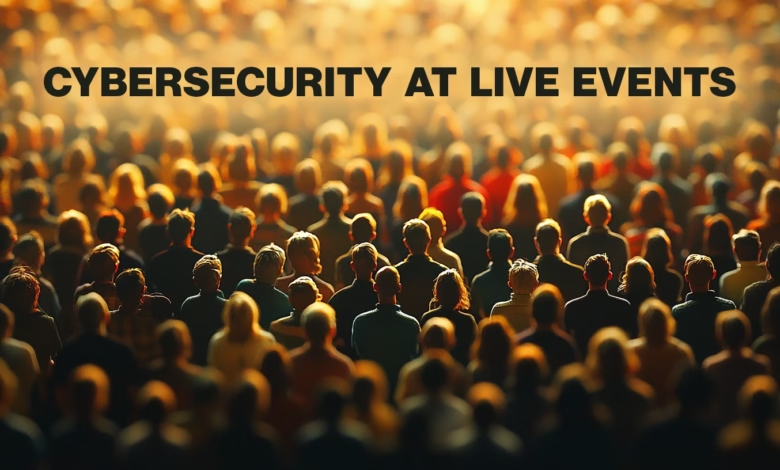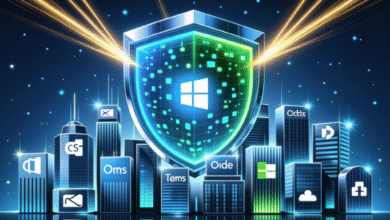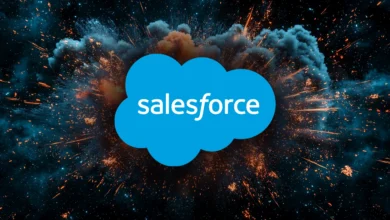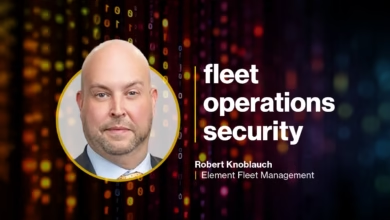Why Hackers Target Events—And How CISOs Can Stop Them

▼ Summary
– Live events like conferences and trade shows present unique cybersecurity risks due to the gathering of people, devices, and sensitive data in temporary, often insecure environments.
– Events combine digital and physical systems, creating vulnerabilities that attackers exploit, such as unsecured Wi-Fi, public schedules, and untested event technologies like NFC badges or QR codes.
– Many event security risks stem from physical access issues, such as unauthorized individuals entering restricted areas or plugging malicious devices into open ports.
– Proactive security measures for events include reviewing third-party vendors, segmenting networks, applying zero-trust principles, and training staff to avoid threats like phishing or rogue USB drives.
– CISOs must now address reputational risks and disinformation threats tied to events, including monitoring for impersonation and coordinating with legal teams to handle spoofed sites or fake promotions.
Cybersecurity threats at live events often fly under the radar, yet they present unique challenges that demand proactive strategies. While most organizations focus on securing cloud infrastructure and corporate networks, temporary gatherings like conferences and product launches create perfect storm conditions for attackers. These high-profile occasions combine transient digital systems, unsecured devices, and concentrated sensitive data, all within a compressed timeframe that favors malicious actors.
The vulnerabilities begin with temporary networks. Public Wi-Fi, personal hotspots, and hastily configured access points frequently serve as weak links. Attendees using laptops or phones on the go may bypass standard security protocols, connecting to risky networks or plugging into public charging stations that could compromise devices. Even something as routine as a printed schedule or event hashtag can arm attackers with enough details to craft convincing phishing schemes.
Physical and digital risks intersect in unexpected ways. Smart badges with NFC capabilities, interactive kiosks, or promotional USB drives often lack the rigorous auditing applied to internal systems. Unauthorized individuals might exploit lax venue security to access restricted areas or tamper with equipment. Meanwhile, third-party vendors—from registration platforms to badge printers, frequently operate with inadequate cybersecurity measures, creating backdoors for data breaches.
Advanced threats now leverage automation. Cybercriminals increasingly deploy AI-generated phishing kits or spoofed domains weeks before an event, targeting attendees with fake ticket portals or malicious QR codes. These campaigns scale rapidly, often evading detection until damage occurs. Proactive monitoring of external threats, including lookalike domains and fraudulent social media promotions, has become essential.
Effective defense requires a zero-trust mindset. Segmenting networks, enforcing strict access controls, and vetting third-party vendors are baseline measures. Training staff to recognize threats like rogue USB drives or suspicious Wi-Fi networks adds another layer of protection. For high-stakes events, some organizations establish temporary security operations centers to monitor network anomalies in real time.
The role of CISOs has expanded beyond traditional IT security. They now navigate reputational risks, disinformation campaigns, and coordinated attacks aimed at exploiting an event’s public visibility. Collaboration with legal and communications teams is critical to mitigate fallout from impersonation attempts or fake promotions.
Preparation is non-negotiable. Security planning should start during the earliest stages of event coordination, not as an afterthought. By treating live gatherings with the same rigor as permanent infrastructure, organizations can balance innovation with resilience—turning potential vulnerabilities into controlled risks.
(Source: HelpNet Security)





